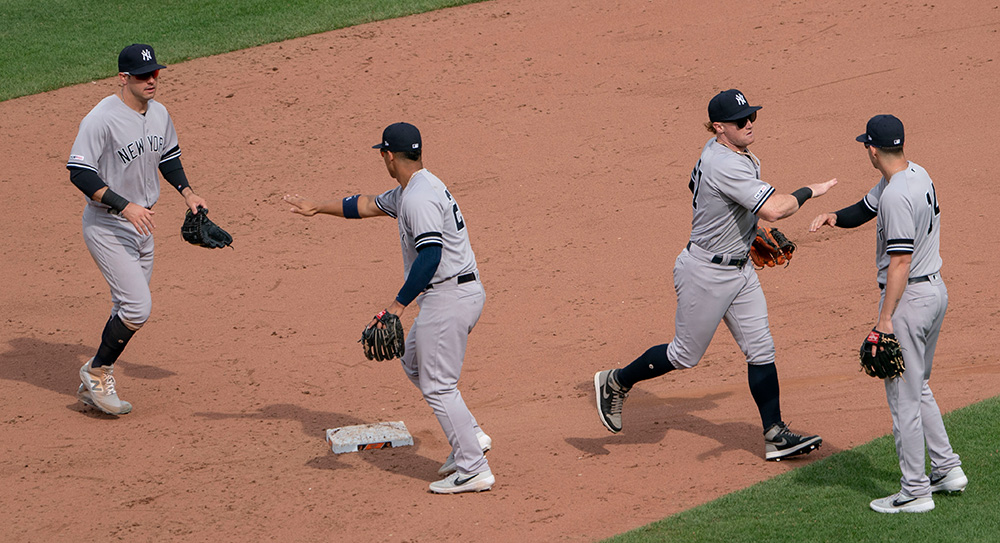Will Harris Can’t Beat Them, Joins Them
The Washington Nationals didn’t set out to win the World Series in spite of their bullpen. Before the 2019 season, they made two high-upside moves by signing Trevor Rosenthal and trading for Kyle Barraclough. They also added lefty help in Tony Sipp. During the season, they took fliers on Fernando Rodney, Javy Guerra, Brad Boxberger, and Jonny Venters, while also inexplicably trading Austin Adams. And they added three relievers on deadline day, including postseason stalwart Daniel Hudson.
Those moves may not have worked out for the most part, but they showed the team’s intent to build a solid bullpen. And with Hudson leaving in free agency and the other lottery tickets long gone, they were back at square one. Enter Will Harris, who yesterday signed a three-year, $24 million contract with the team that spectacularly beat him in Game 7 of the World Series.
That’s a compelling narrative, so let’s at least give it a little space. Harris will be sharing a locker room with Howie Kendrick, whose foul-pole-scraping home run flipped a deficit to a lead the team would never relinquish. The first time he walks into the locker room in spring training after batters have reported, he’ll probably get a mock cheer from Kendrick and the rest of the Nats hitters. He’ll almost certainly get a big ovation the first time he appears in DC, and that will be weird for him for a second.
Read the rest of this entry »


